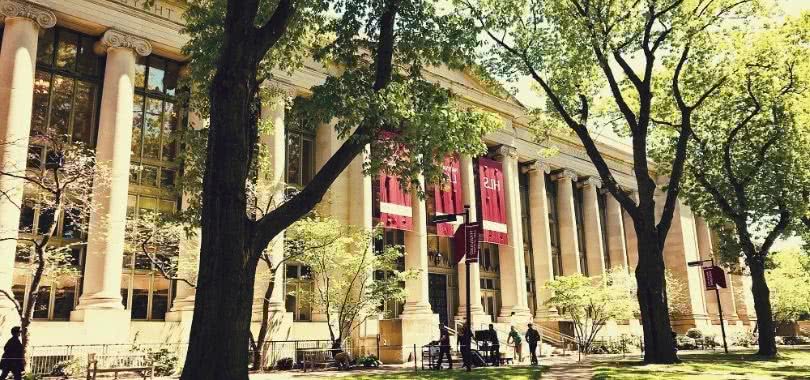Liberal arts colleges and research colleges have numerous differences, from the programs they offer to the size of the college itself. However, neither one is better than the other. Both have compelling features and benefits that make them great options. The right one for you will depend on your academic preferences and your long term career goals.
Choosing the right type of college to attend is most important decisions you can make. Understanding the difference between a liberal arts and research college will help you make an informed decision.

Keep in mind that each college is different so what may be true at one could be different at another. That said, these are the overviews of liberal arts colleges and research colleges.
Features Of A Liberal Arts College
First up, let’s go over some common characteristics of liberal arts schools.
The focus is on a well-rounded general education
Liberal arts colleges offer broad programs in the areas of the arts, sciences, and humanities. Critical thinking and writing skills are given precedence over purely academic or research skills. Students have fewer options to choose from when it comes to courses, majors, and programs.
The colleges tend to be much smaller than research colleges
Most liberal arts colleges are smaller in size. Everybody knows everybody else on campus. This fosters stronger bonds and lifelong friendships between students.
The faculty-to-student ratio is low
Not only is the college itself usually smaller, the classes are smaller too. This allows students to get personalized attention from their professors. The one-on-one interaction is especially useful for students to get help in areas they’re struggling with.
Examples of Liberal Arts Colleges
Features of Research Colleges
Next, we’ll look at what research colleges are like.
The focus is on research
Research remains the primary focus for both professors and students. Professors conduct their own research when they are not taking classes or mentoring their students.
Students have more fields of study to choose from
Students at research universities can choose from a more diverse range of majors, programs and courses. They also have several pre-professionals programs to choose from. Most colleges allow their students to explore a variety of subjects before committing to any one major. Students benefit from being able to specialize in a niche field of study instead of a generic major.
Colleges tend to be large
Most research colleges are bigger, with a cohort that could be upwards of twenty to thirty thousand students. The student population tends to be more diverse too.
Classrooms are large too
Professors often deliver lectures in huge classrooms seating hundreds of students. Discussions or lab sessions are conducted in smaller groups.
Students learn from and network with experts in their field
Professors at research colleges are experts in their particular field. Their lectures are usually based the latest advancements and research in that field. Research professors also network with other experts in the field and often invite them to give guest lectures. Students benefit from these connections as students and also after graduation.
Examples of Research Colleges
What’s The Difference Between A Liberal Arts And Research College?
Ultimately, the main difference between liberal arts and research colleges are the types of studies offered. If you know what you want to study, then it will be easier to pick between attending a liberal arts or research school.
Curious about which kind of college you should attend? Check out our free College Match Tool!


